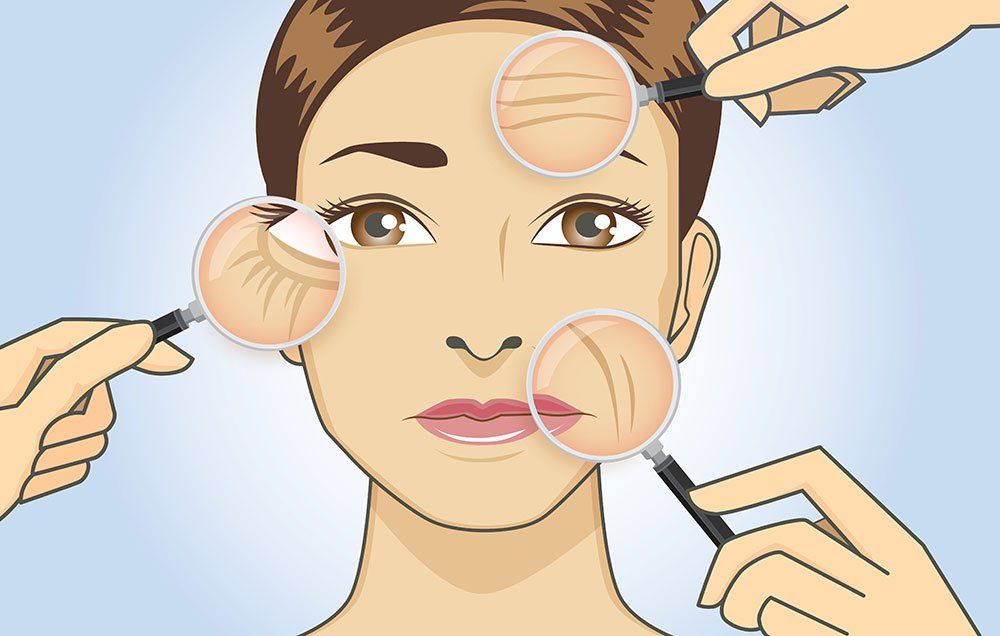Browsing Skin Cancer Therapy: The Vital Role of Mohs in Modern Dermatology Practices
Skin cancer cells, a difficult diagnosis, usually leaves patients grappling with many treatment options. As we discover the complexities of this treatment, one will certainly value its pivotal role in skin cancer cells therapy.
Understanding Skin Cancer: Kinds and Risks
Skin cancer cells, a potentially dangerous malady, is much more widespread than lots of people realize. This disease, triggered by the uncontrolled growth of uncommon skin cells, primarily arises from DNA damage as a result of direct exposure to the sun and ultraviolet (UV) light. There are three primary sorts of skin cancer cells: Basic cell carcinoma, Squamous cell cancer, and Melanoma. While the former 2 are much less deadly and comprise the majority of identified cases, cancer malignancy is one of the most dangerous. It makes up only concerning 1% of skin cancer instances but causes the vast bulk of skin cancer deaths - mohs surgery. Risk aspects consist of fair skin, background of sunburn, extreme sun direct exposure, living at high altitudes or near the equator, having numerous moles, a household background of skin cancer cells, and weakened body immune system.
What Is Mohs Surgical treatment and How It's Transforming Skin Cancer Therapy
Regardless of the countless therapies presently readily available for skin cancer cells, Mohs surgical procedure stands apart as a groundbreaking and extremely efficient option. Named after Frederic E. Mohs, the doctor that established the procedure, Mohs surgical treatment is a specific medical strategy used to deal with skin cancer cells. Throughout the procedure, slim layers of cancer-containing skin are considerably eliminated and examined till just cancer-free tissue remains. This approach allows the specialist to verify that all cancer cells have been removed at the time of surgical treatment. This level of precision, integrated with the capability to save as much healthy and balanced tissue as feasible, is revolutionizing skin cancer treatment. Therefore, Mohs surgical procedure has become a cornerstone of contemporary dermatology techniques.
The Benefits of Mohs Surgery Over Conventional Skin Cancer Cells Treatments
Structure on the innovative nature of Mohs surgical treatment, it's crucial to consider its numerous advantages over traditional skin cancer cells treatments. Unlike standard operating procedures, Mohs offers a greater remedy price, commonly reaching 99% for first-time therapies and 94% for recurrent cancers cells. This precision is because of its one-of-a-kind approach of gradually removing and taking a look at cells layers up until just cancer-free cells stay (skin cancer). Furthermore, it decreases damage to healthy and balanced skin, leading Source to much less scarring and boosted aesthetic results. Mohs likewise supplies immediate results, getting rid of the anxiety-ridden delay usual with other methods. It's cost-efficient, as the surgical procedure and tiny examination take place concurrently, eliminating the demand for additional research laboratory solutions. Therefore, Mohs stands for a substantial advancement in dermatological practices.
The Procedure of Mohs Surgical Treatment: What to Expect Throughout the Process

Potential Negative Effects and Post-Operative Care of Mohs Surgical Procedure
Undergoing Mohs surgical treatment, like any type of other surgery, entails potential negative effects that clients must be aware of. Typical adverse effects consist of discomfort, wounding, and swelling at the surgical procedure site. Nonetheless, these are usually short-term and convenient with non-prescription discomfort medicine and ice packs. In rare situations, clients may experience infection, blood loss, or a sensitive response to the regional anesthetic. Post-operative treatment is important to healing and decreasing side impacts. This normally includes keeping the wound tidy and completely dry, taking proposed medicines, and staying clear of strenuous activities. People ought to likewise participate in all follow-up appointments for injury care and tracking. Sometimes, extra treatments might be required to ensure total elimination of the malignant cells. Following these post-operative care standards can considerably enhance recovery and check outcomes.
Final thought
